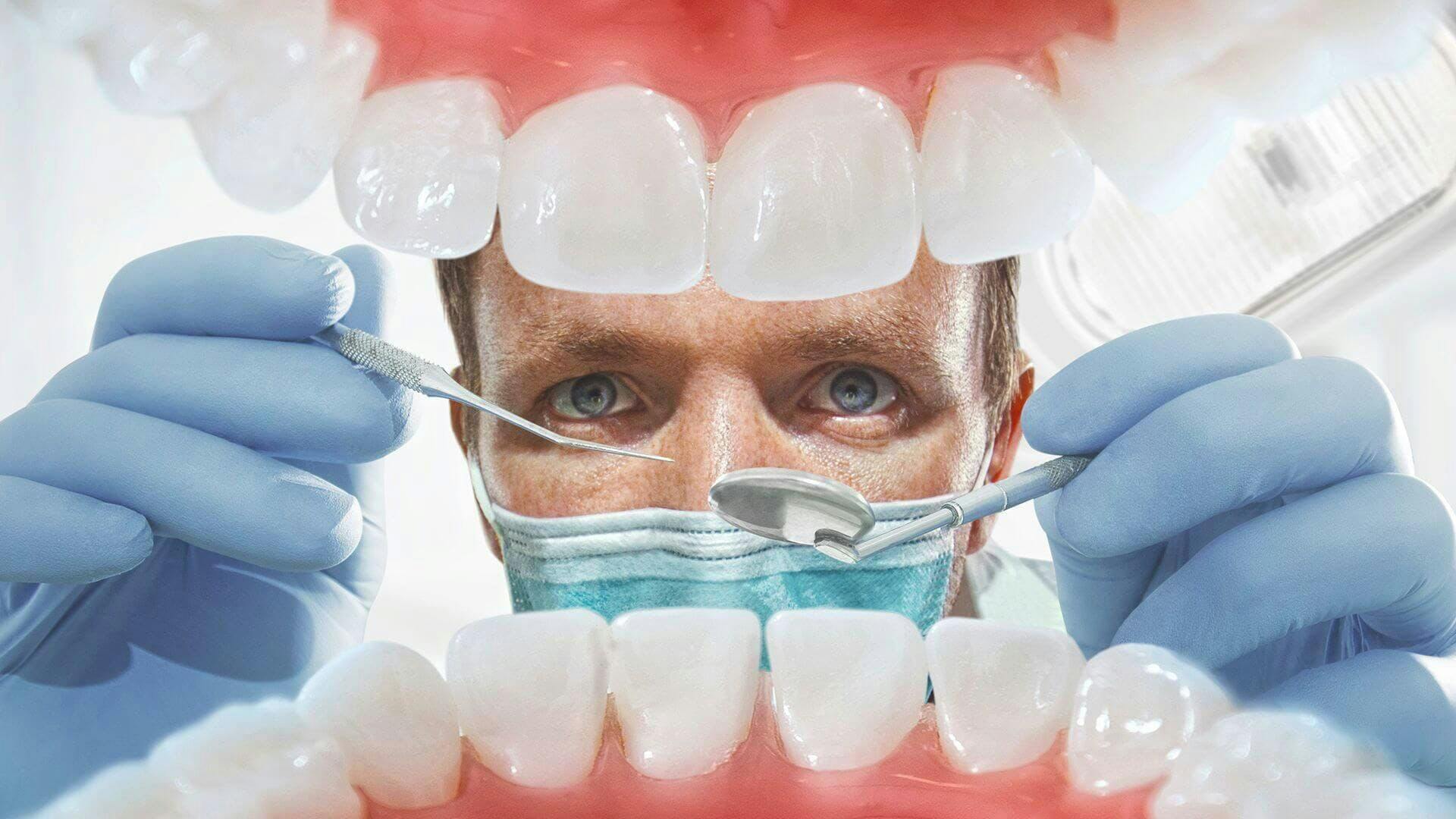
For the people of Montville, New Jersey, maintaining optimal dental health is important, and selecting the best toothpaste and toothbrush is a crucial step in this process. It might be difficult to choose the best things for your requirements when there are so many possibilities in stores. To keep a healthy and radiant smile, this guide is meant to assist you in making well-informed selections regarding the dental care products you use as recommended by a family dentist in Montville, NJ.
Types of Toothbrushes
Temperature-sensing toothbrush is similar to the category above but it can also change color when you are using too hot or cold water, so as to remind you not to use flowing water at an inappropriate temperature when brushing your teeth.
1. Comparison Between Manual and Electric Toothbrushes
- Manual Toothbrushes: These are the most inexpensive and commonly used toothbrush types. Different sizes, types of bristling, and design of the handle. With the right brushing techniques—and of course, regular use—a manual toothbrush can get the job done when it comes to scrubbing your teeth clean.
- Electric Toothbrushes: These toothbrushes have become very popular for ease of use and better cleaning. These might also have bristles that rotate or oscillate, which helps in better removal of plaque and food particles. Most electric toothbrushes, however, also feature built-in timers to make sure you ‘hit’ the two-minute mark.
2. Bristle Type:
- Soft Bristles: Most dental professionals will tell you that soft bristles are best because their gentle nature is easy on the gums and enamel yet tough on plaque. Most people would benefit from soft bristles (even those with sensitive teeth, or gums).
- Medium & Hard Bristled: Often recommended against as harder bristles have been found to be more abrasive possibly leading to enamel erosion or gum inflammation. As much as they might be perfect for some people, depending on the recommendations of their dentist.
3. Toothbrush Head Size:
A smaller head will let you reach around your mouth, even getting to those hard-to-reach back molars that a larger head can miss. You should look for a size that is comfortable and allows you to easily move the brush around your mouth.
4. Handle Design:
Toothbrushes with ergonomic handles make for an easier and more comfortable grip.
Choosing the Right Toothpaste
1. Fluoride Content: Fluoride is an ingredient that strengthens tooth enamel to help prevent cavities. One way to be smart for your teeth is to use toothpaste with fluoride. For both children and adults, the ADA (American Dental Association) endorses toothpaste with fluoride.
2. Specific Dental Needs: Use toothpaste for sensitive teeth if you need one. Of them, potassium nitrate and stannous fluoride are common components believed to cut down pain by sealing pathways in the teeth that lead to nerves.
- Whitening: Whitening toothpaste can remove surface stains and make your teeth look whiter. They contain mild abrasives and in some cases low levels of peroxide. However, it is important to use these products according to the instructions as misuse can lead to enamel damage.
- Tartar Control: Tartar control toothpaste can help people prone to tartar build-up keep hardened plaque from forming. These toothpastes generally have pyrophosphates or zinc citrate in them.
- Natural Options: If you like to use the natural product there are several organic and natural toothpastes for you. They are free of artificial flavors and synthetic chemicals and rely instead on natural abrasives that scrub teeth clean cut through stains, and essential oils to shatter plaque, all without damaging gum tissue.
To maintain the health of your teeth, you must choose a good toothbrush and even healthy toothpaste. By knowing what the alternatives are and exactly how they will affect your specific dental care needs, you can make choices concerning your oral cleanings that benefit your lifestyle.
